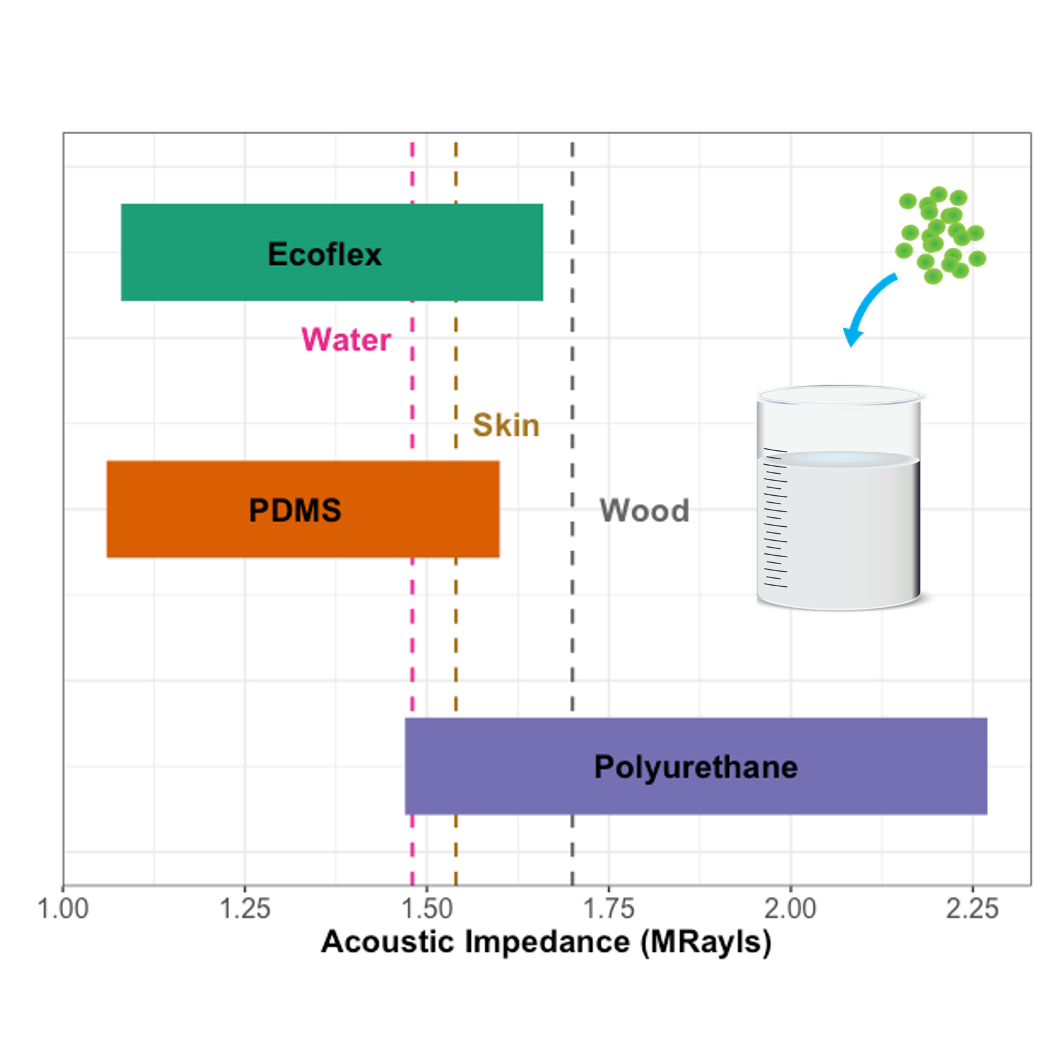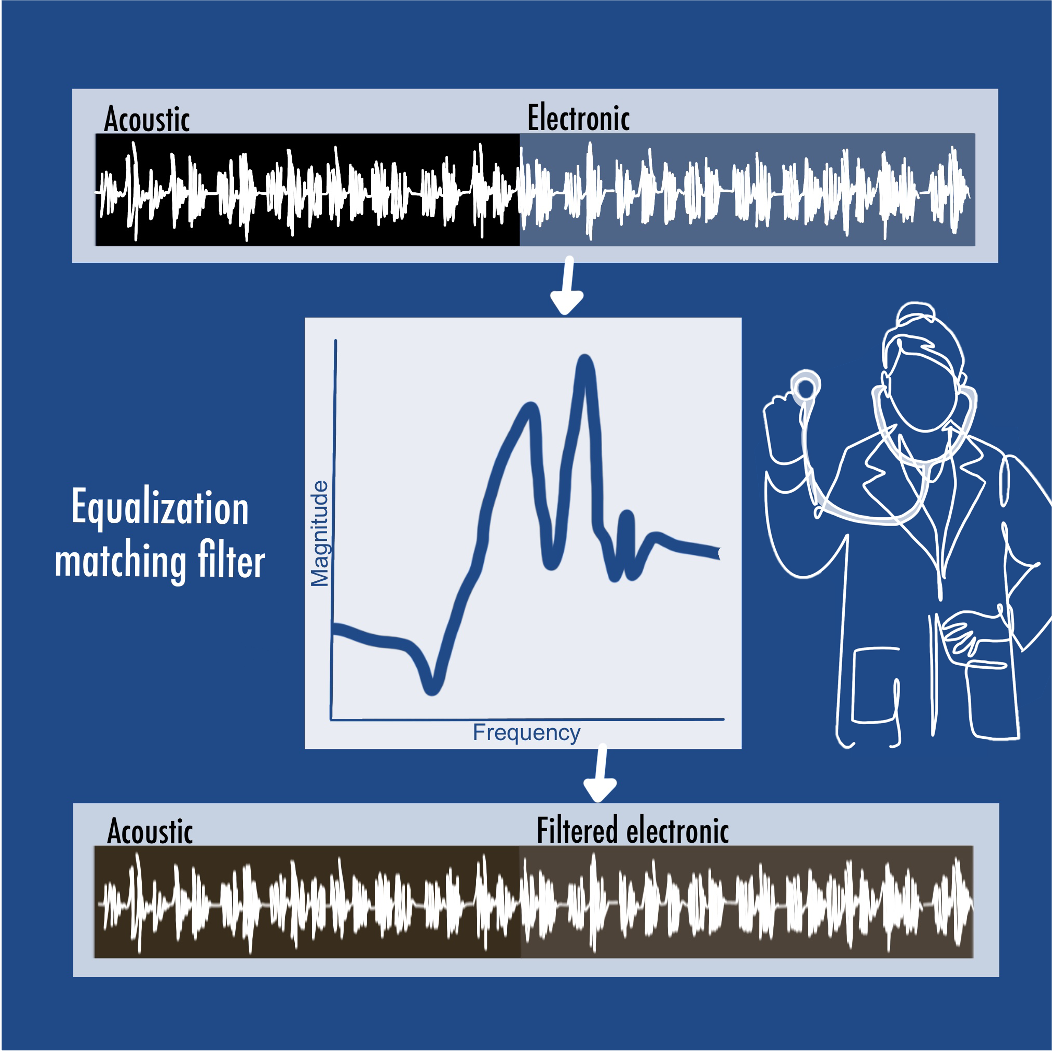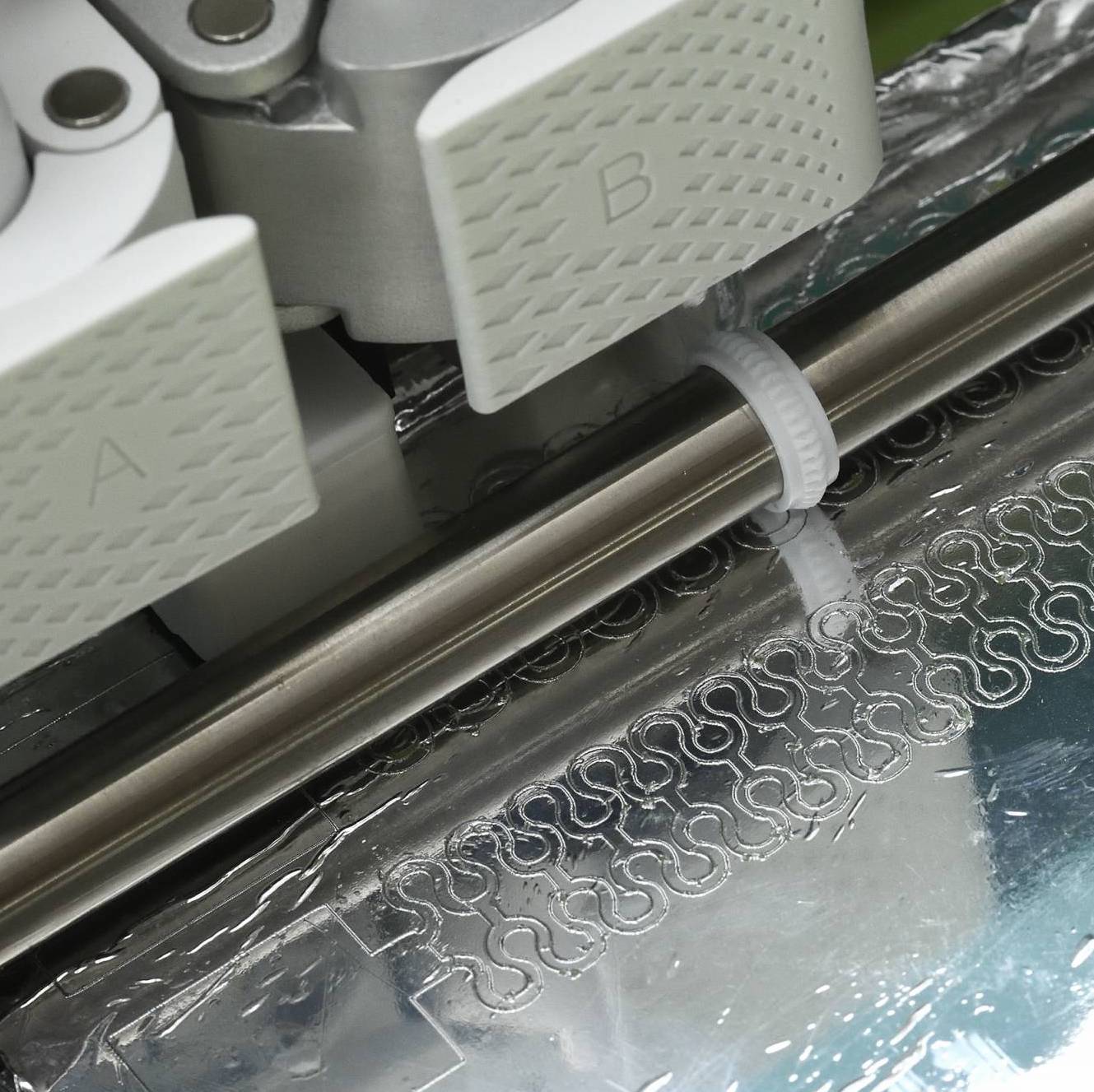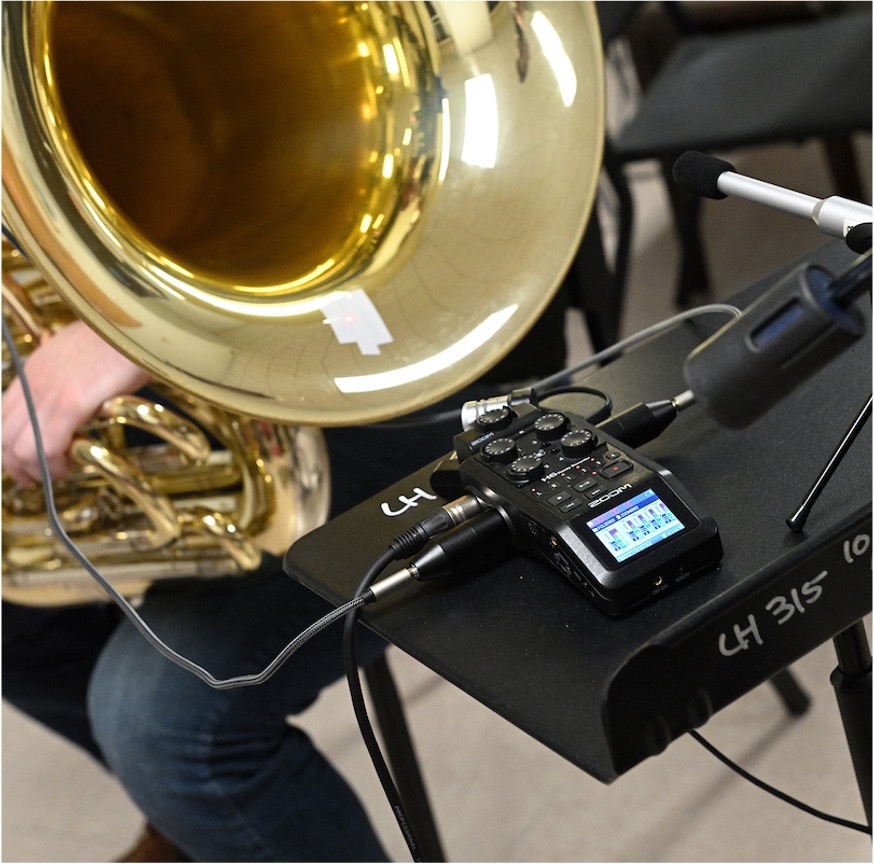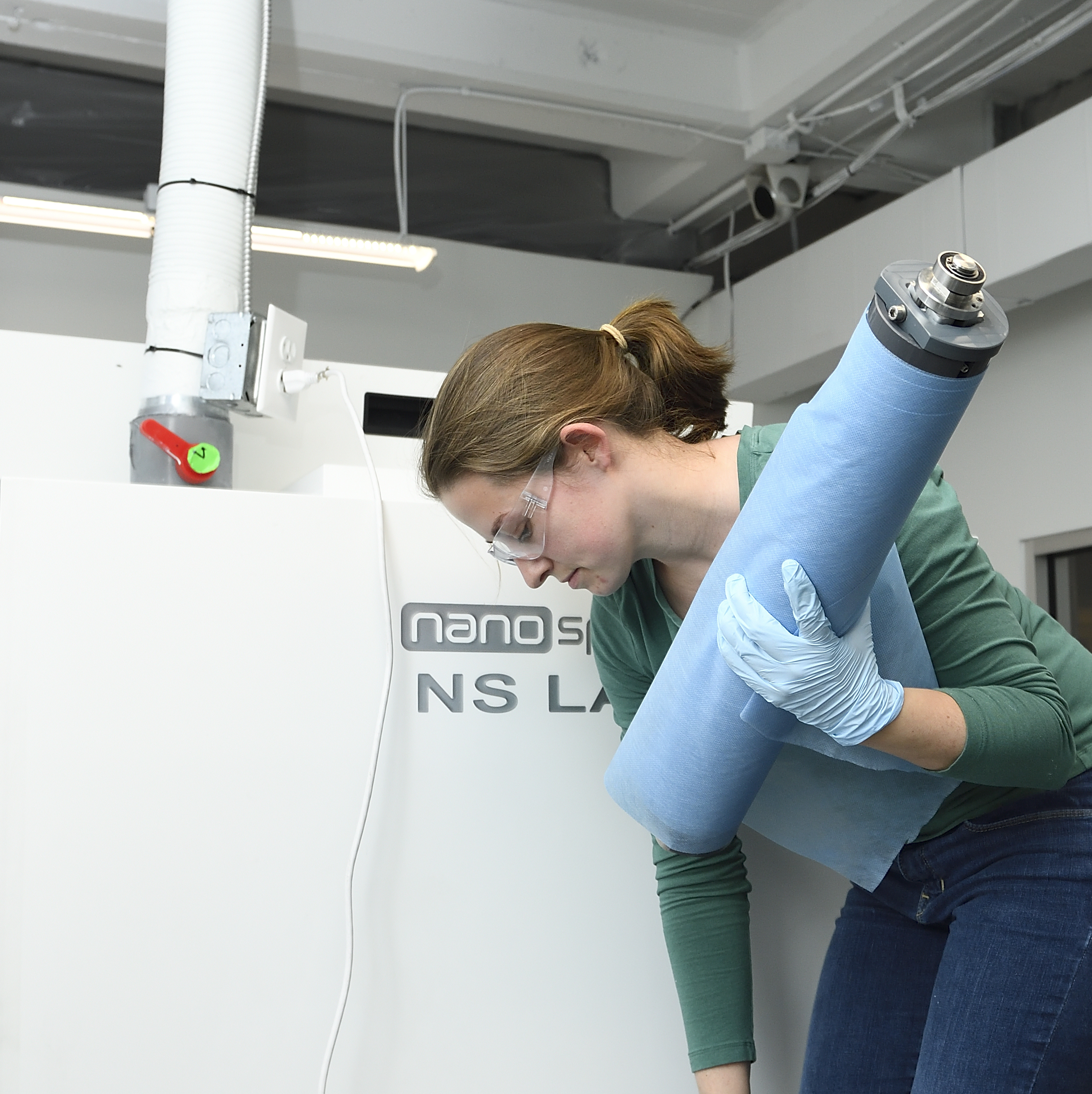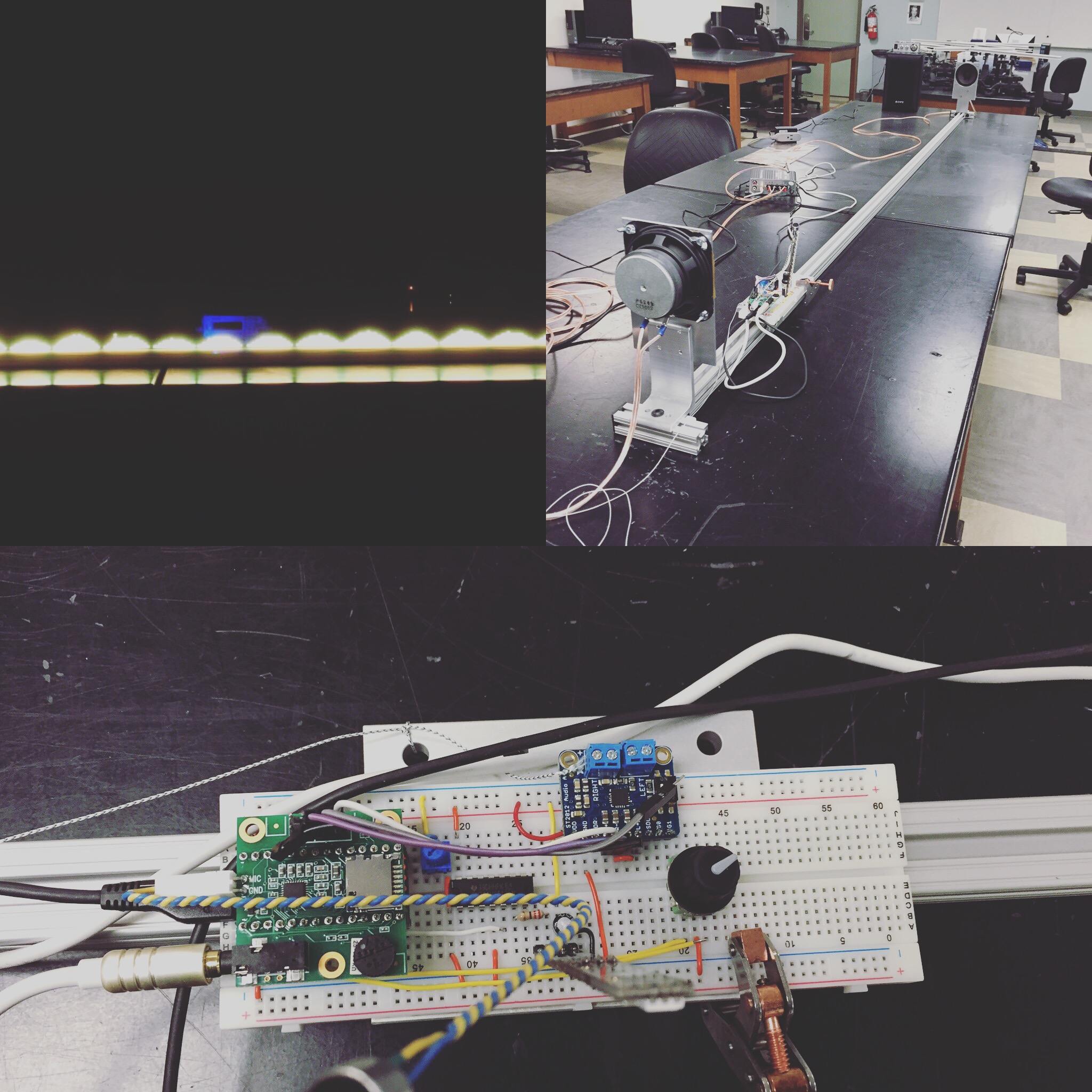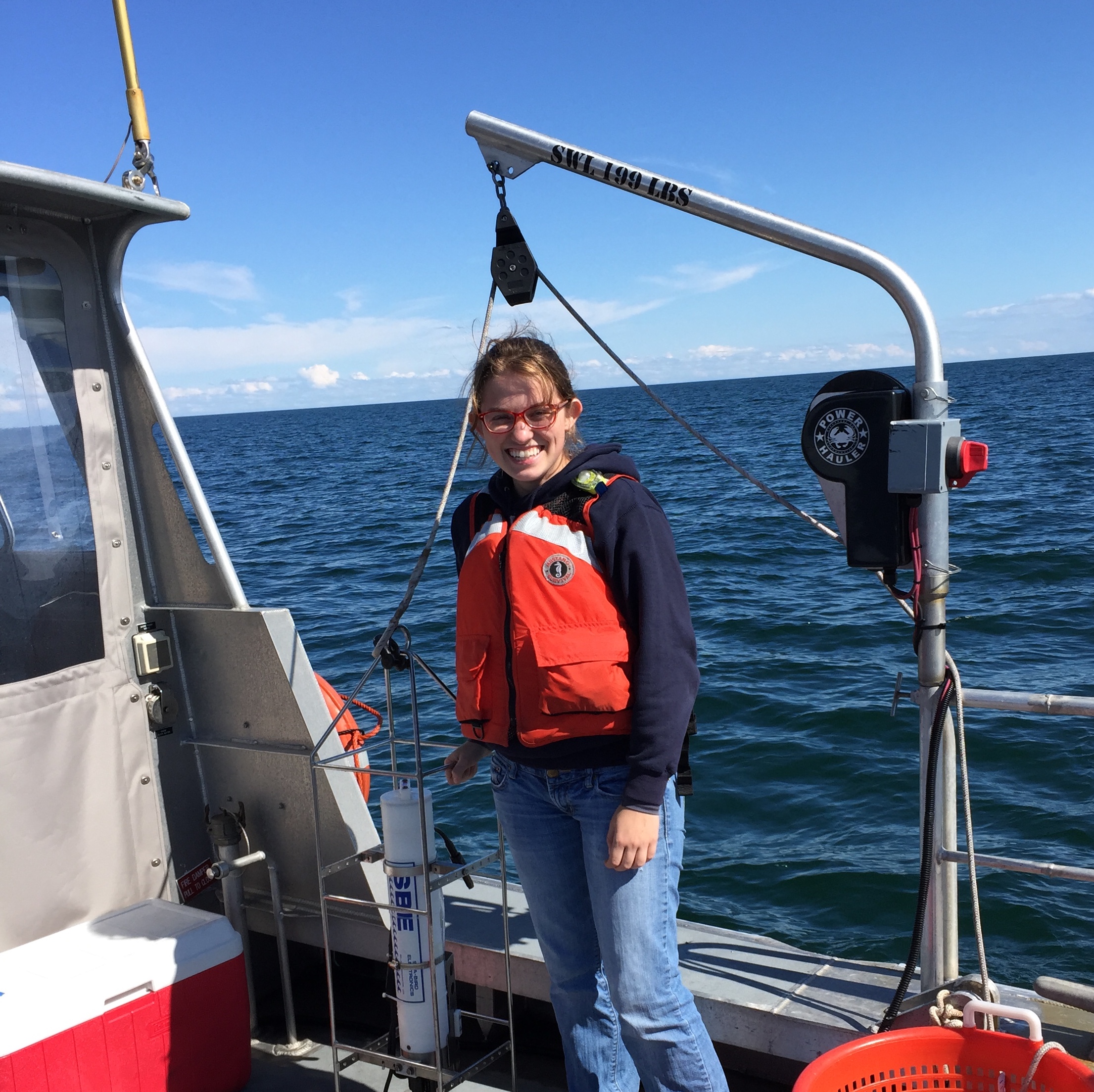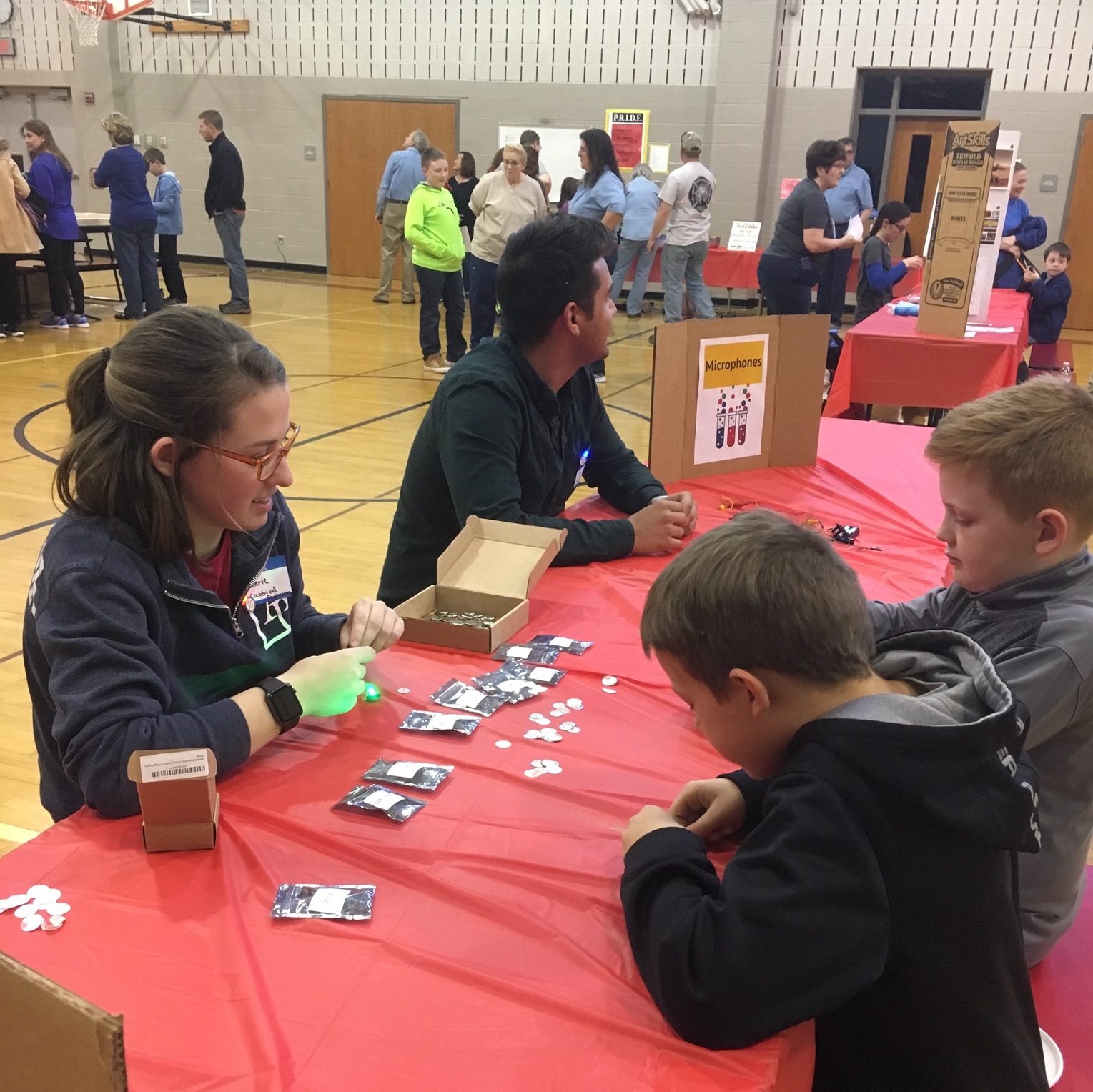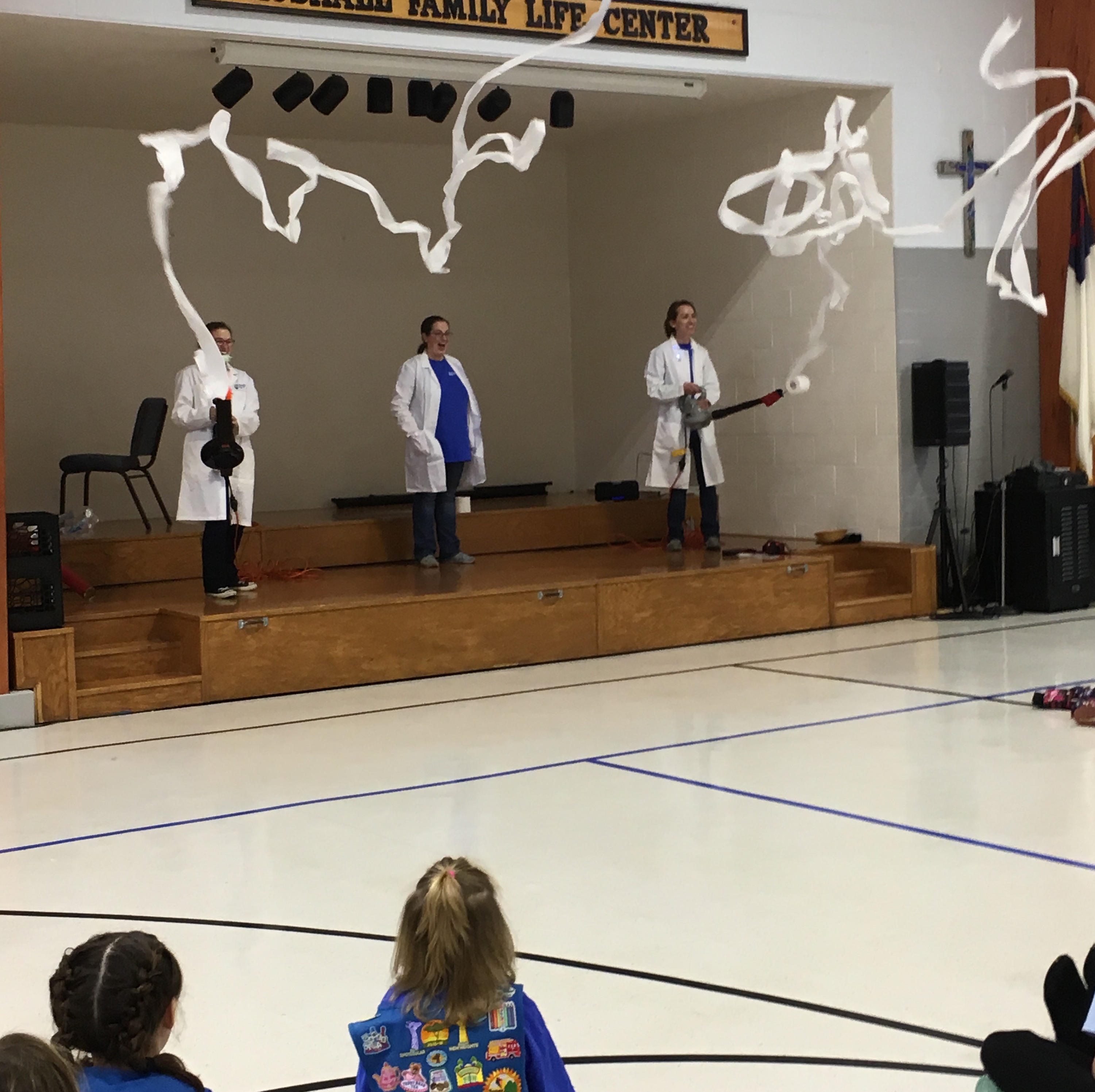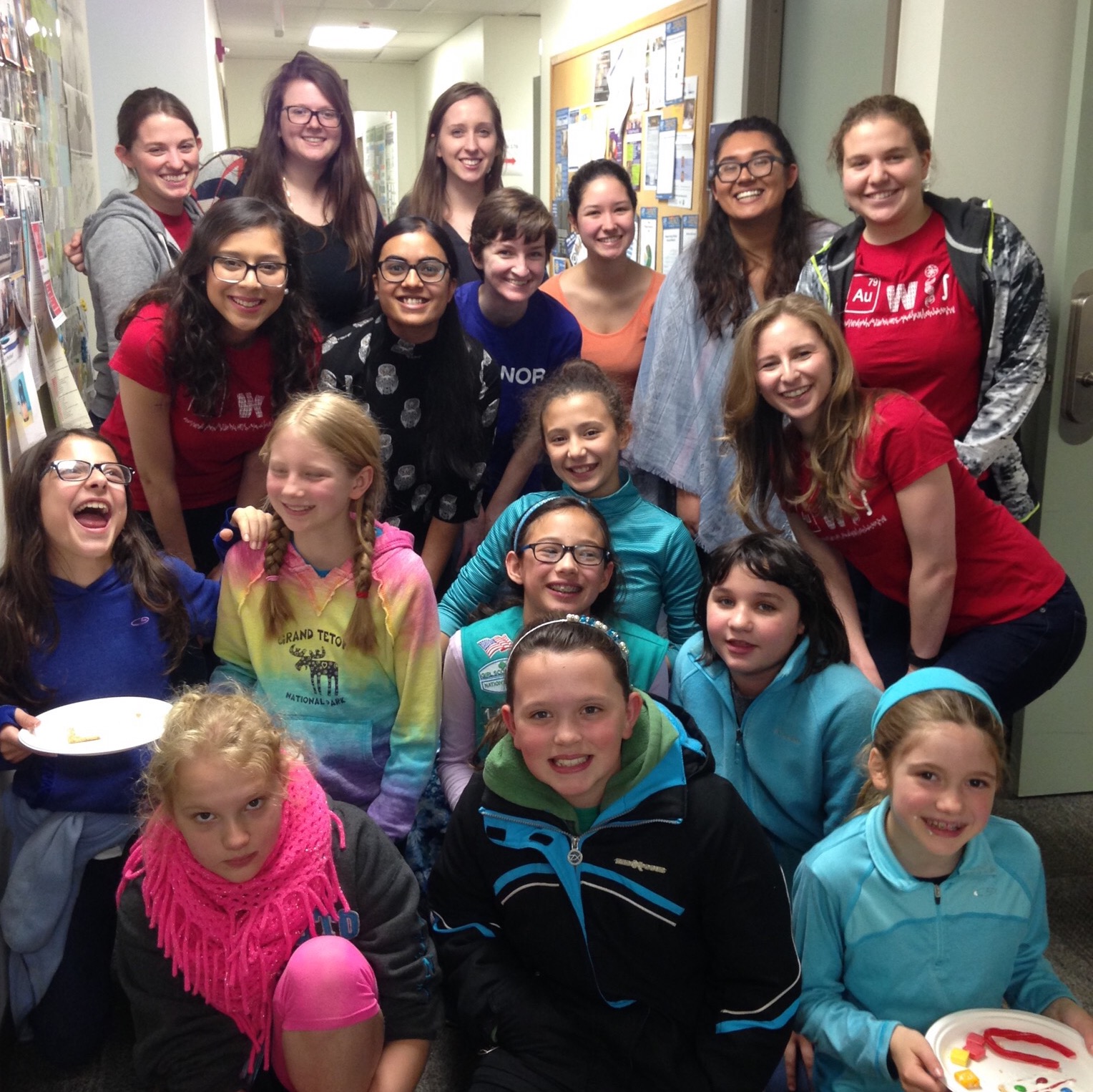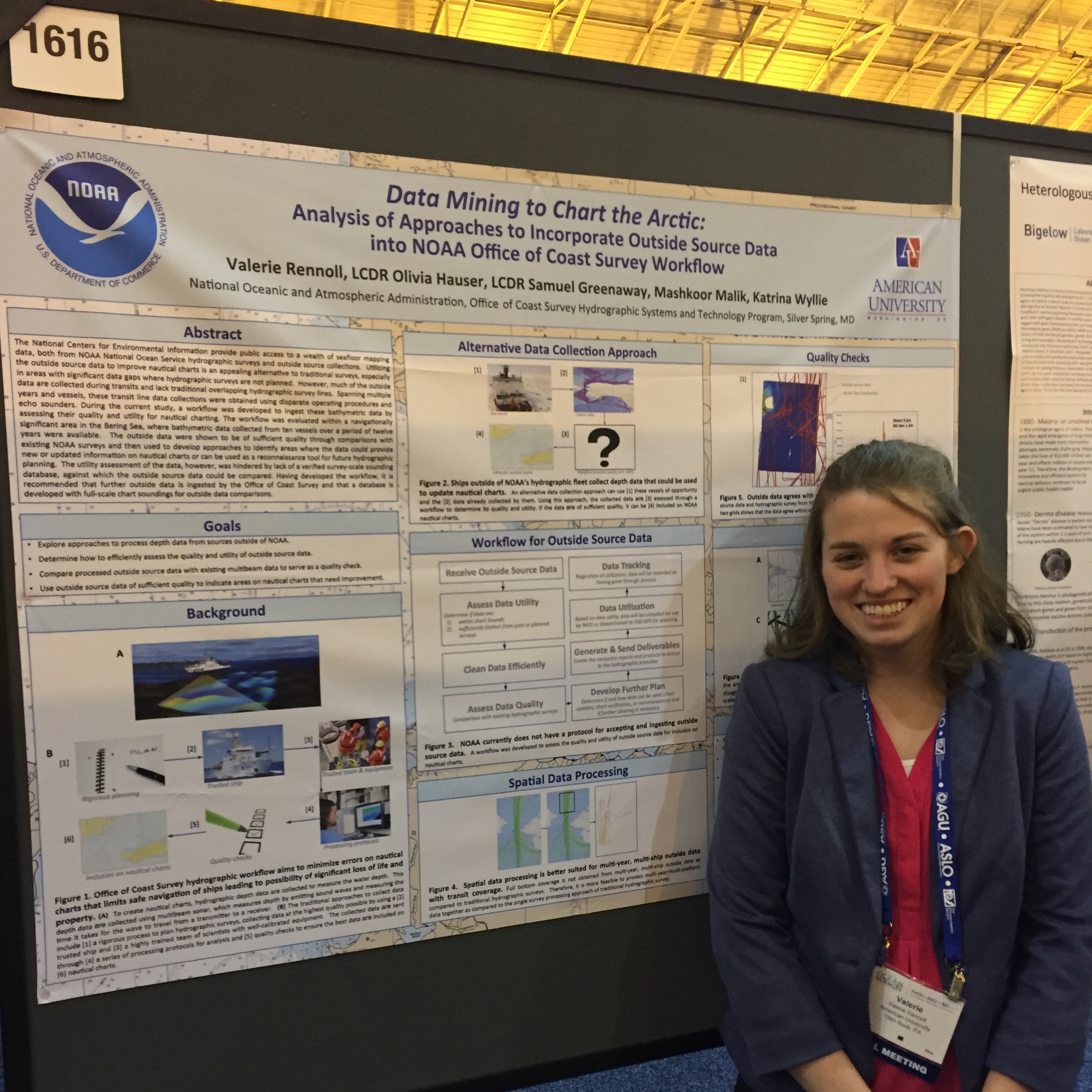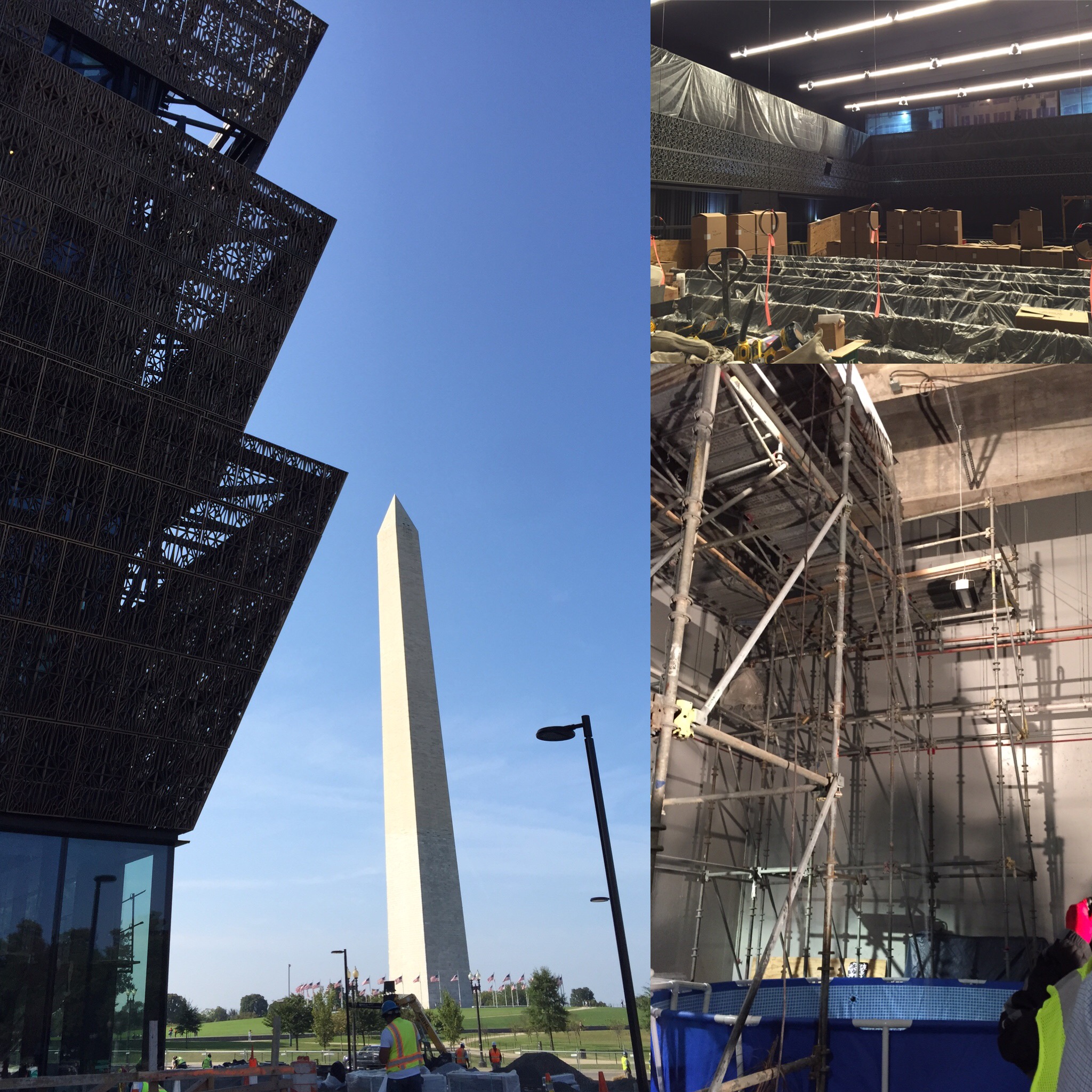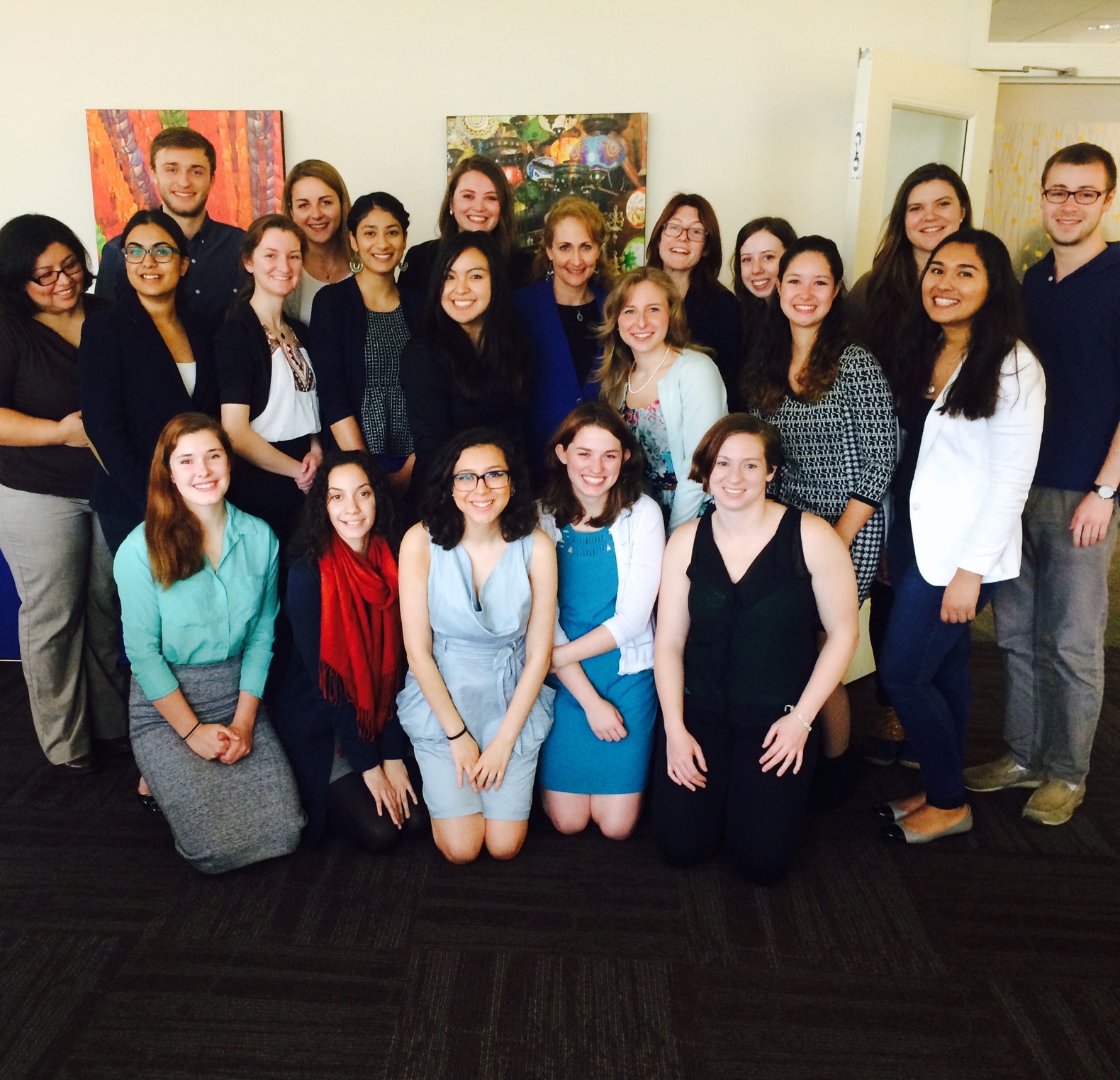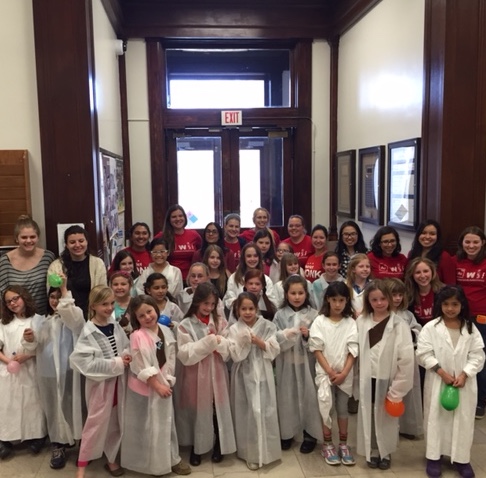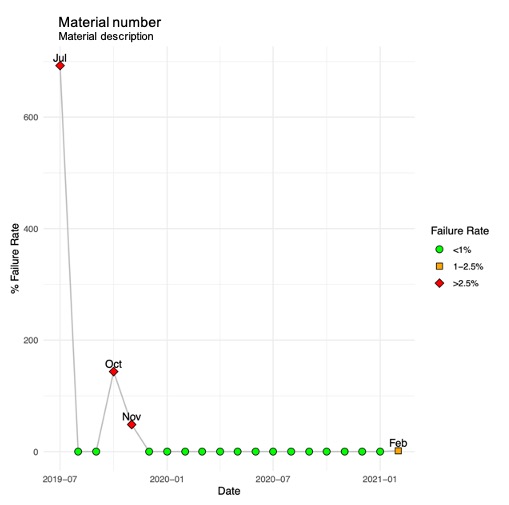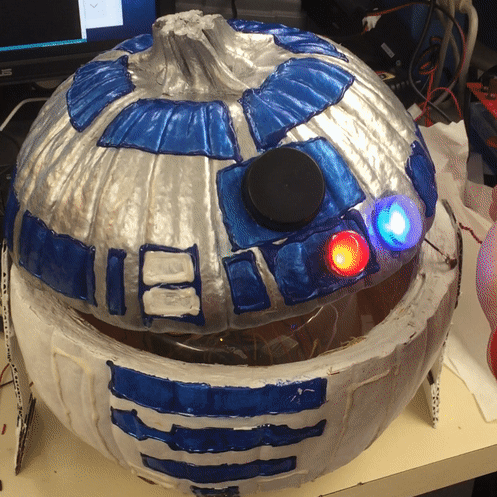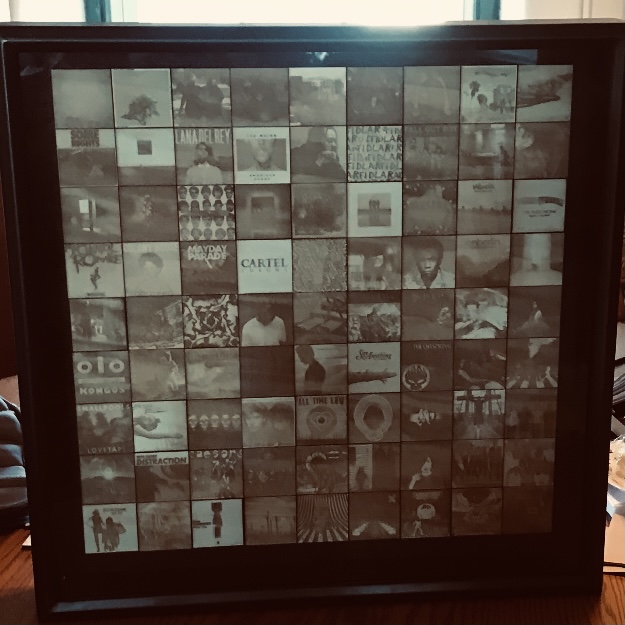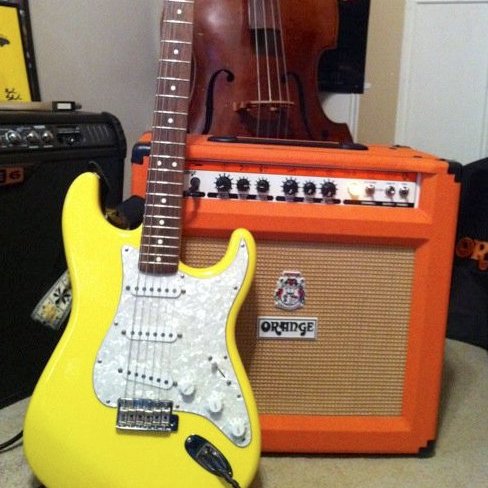Overview
Electrical and computer engineering doctoral researcher improving acoustic sensors with novel materials and designs
We are constantly surrounded by an abundance of acoustic energy, whether from speech, music, or environmental noise. If captured, these acoustic waves can provide a wealth of information about a person and their surroundings, and be leveraged for multiple applications. Many sensors available today have an acoustic impedance that is much different from the media being monitored, which results in lowered energy density at the transducer element and interference from other sound sources. Working with Dr. James West at Johns Hopkins University, my thesis work has focused on developing and characterizing flexible, impedance-matched acoustic sensors, especially for use on the human body.
Short overview of my research from Three Minute Thesis Competition.

Differences in acoustic impedance cause a significant amount of energy to be reflected at the boundary between the body and air.

Acoustic impedance mismatches in devices, such as stethoscopes, decrease the energy transmitted to the device and allow the signal to be corrupted by airborne noise.

